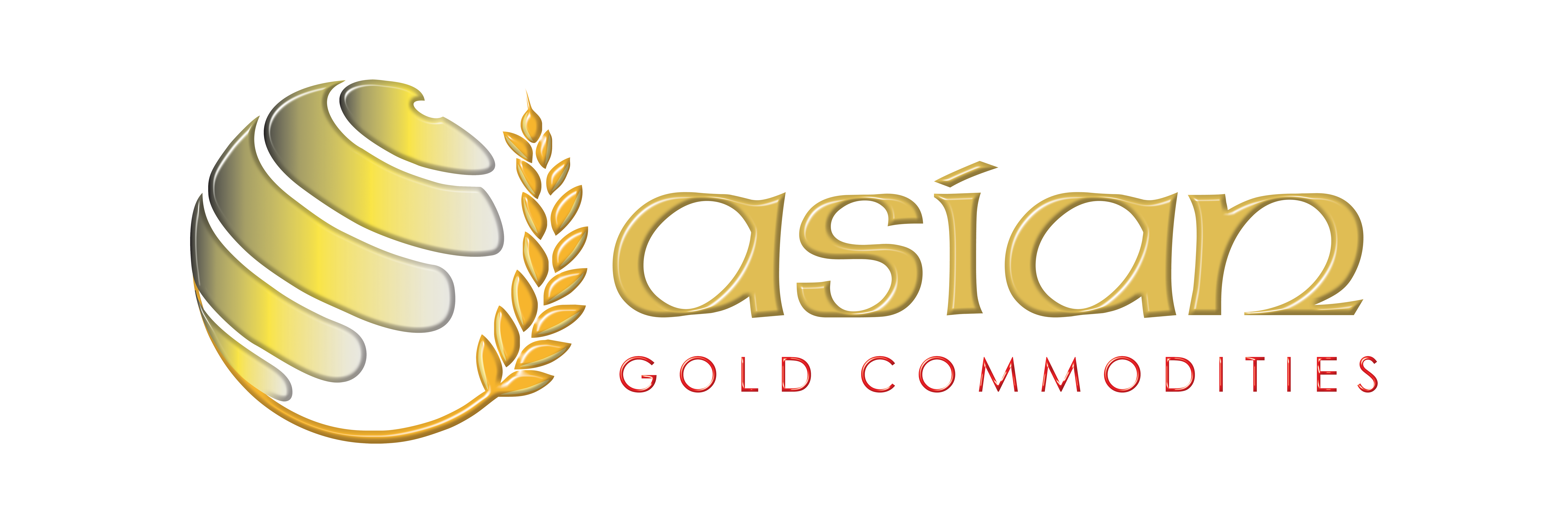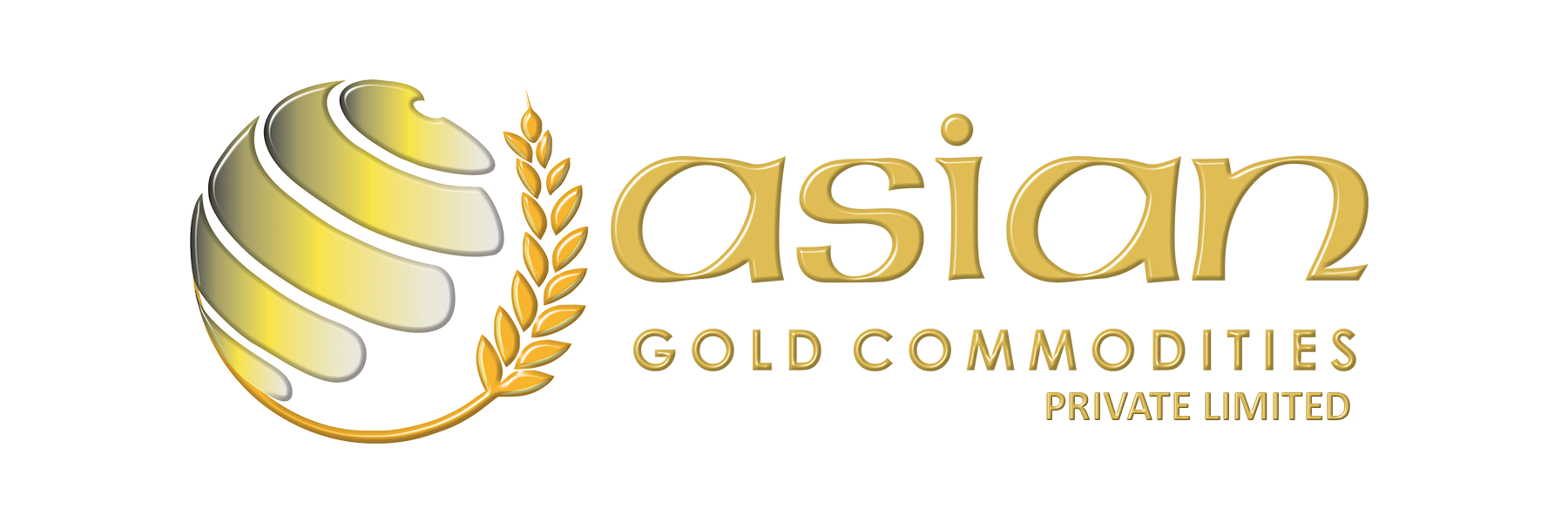EU ECONOMY
The European Union (EU) is a group of 28 countries that operates as a cohesive economic and political block. Nineteen of the countries use the euro as their official currency. The EU grew out of a desire to form a single European political entity to end the centuries of warfare among European countries that culminated with World War II and decimated much of the continent. The European Single Market was established by 12 countries in 1993 to ensure the so-called four freedoms: the movement of goods, services, people, and money. The EU began as the European Coal and Steel Community, which was founded in 1950 and had just six members: Belgium, France, Germany, Italy, Luxembourg, and the Netherlands. It became the European Economic Community in 1957 under the Treaty of Rome and, subsequently, became the European Community (EC). The early focus of the EC was a common agricultural policy as well as the elimination of customs barriers. The EC initially expanded in 1973 when Denmark, Ireland, the United Kingdom, Greece, and Spain became members. A directly elected European Parliament took office in 1979.
WHAT IS THE EUROPEAN ECONOMIC AND MONETARY UNION?
The European Economic and Monetary Union (EMU) combined the European Union member states into a cohesive economic system. It is the successor to the European Monetary System (EMS).
EUROPEAN ECONOMIC AND MONETARY UNION (EMU)
Under EMU, group of policies are formulated, aiming broader economic well-being. EMU initiated the adoption of euro ccurrency in place of former national currencies. This has been completed by all initial EU members except for the United Kingdom and Denmark, who have opted out of adopting the euro.
EUROPEAN CENTRAL BANK
WHAT IS A CENTRAL BANK?
A central bank is a financial institution given privileged control over the production and distribution of money and credit for a nation or a group of nations. In modern economies, the central bank is usually responsible for the formulation of monetary policy and the regulation of member banks.
Central banks are inherently non-market-based or even anti-competitive institutions. Although some are nationalized, many central banks are not government agencies, and so are often touted as being politically independent. However, even if a central bank is not legally owned by the government, its privileges are established and protected by law. The critical feature of a central bank—distinguishing it from other banks—is its legal monopoly status, which gives it the privilege to issue banknotes and cash. Private commercial banks are only permitted to issue demand liabilities, such as checking deposits.
UNDERSTANDING CENTRAL BANKS
Although their responsibilities range widely, depending on their country, central banks’ duties (and the justification for their existence) usually fall into three areas.
First, central banks control and manipulate the national money supply: issuing currency and setting interest rates on loans and bonds. Typically, central banks raise interest rates to slow growth and avoid inflation; they lower them to spur growth, industrial activity, and consumer spending. In this way, they manage monetary policy to guide the country’s economy and achieve economic goals, such as full employment.
Most central banks today set interest rates and conduct monetary policy using an inflation target of 2-3% annual inflation.
Second, they regulate member banks through capital requirements, reserve requirements (which dictate how much banks can lend to customers, and how much cash they must keep on hand), and deposit guarantees, among other tools. They also provide loans and services for a nation’s banks and its government and manage foreign exchange reserves.
Finally, a central bank also acts as an emergency lender to distressed commercial banks and other institutions, and sometimes even a government. By purchasing government debt obligations, for example, the central bank provides a politically attractive alternative to taxation when a government needs to increase revenue.
UNDERSTANDING CENTRAL BANKS
The European Central Bank (ECB) is the central bank responsible for monetary policy of those European Union (EU) member countries which have adopted the euro currency. This region is known as the eurozone and currently comprises 19 members. The principal goal of the ECB is to maintain price stability in the euro area, thus helping preserve the purchasing power of the euro.
The European Central Bank (ECB) is headquartered in Frankfurt Main, Germany. It has been responsible for monetary policy in the Euro area since January 1, 1999, when the euro currency was first adopted by some EU members. The ECB Governing Council is the body within the ECB that actually takes decisions on eurozone monetary policy. The Council consists of six executive board members and the governor (or equivalent) of each member’s national central bank. As membership of the Euro area has expanded, so has the number of governors in the Governing Council. ECB has a system of rotating voting rights among the national bank governors (the executive board members have permanent voting rights), as the Governing Council is now too large for all members to vote at each meeting.
EURUSD Chart by TradingView
Join the Leading Brokerage Firm in Pakistan
OPEN A TRADING ACCOUNT









